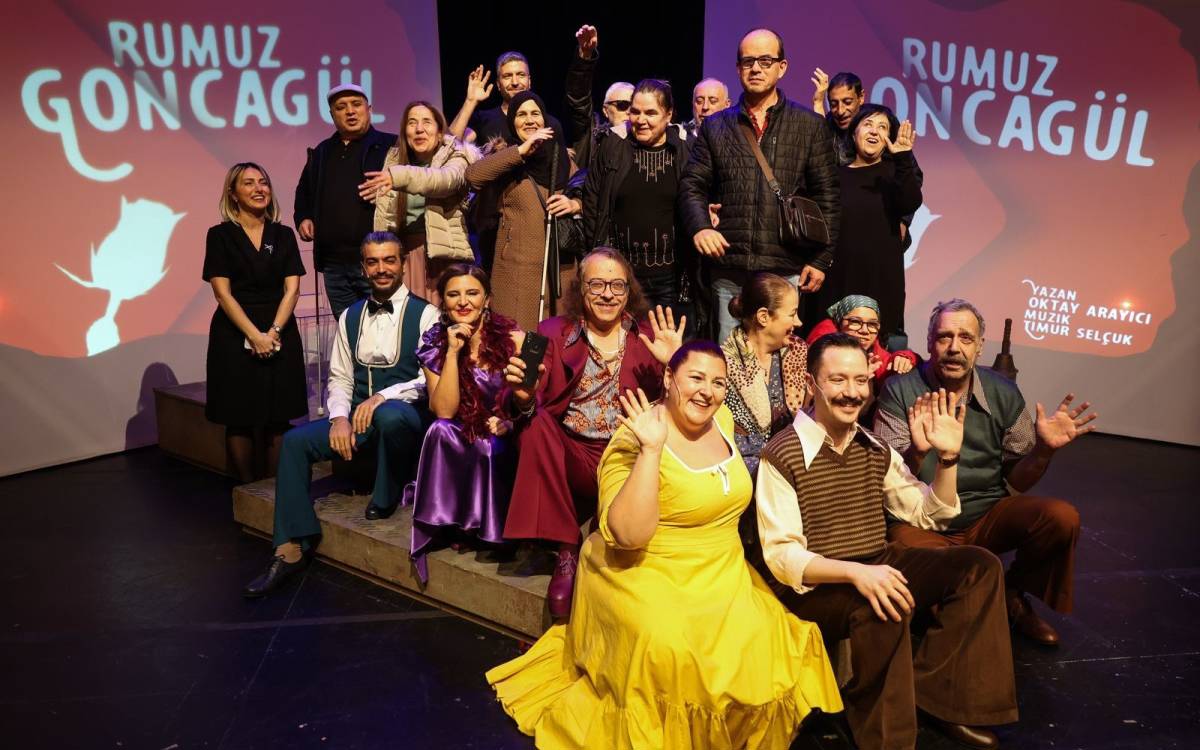At the Atatürk Cultural Center (AKM), the Turkish State Theaters has implemented subtitles and live audio descriptions for individuals with disabilities during their performances.
The "Accessible Theater" project, initiated to enhance the participation of individuals with visual and hearing impairments in cultural and artistic activities, aims to provide an experience that transcends visual, auditory, and physical barriers.
Audience will touch the set and costumes
According to a news report on Anadolu Agency, a special backstage tour will be conducted before the play, allowing visually impaired art enthusiasts to touch and familiarize themselves with the set, costumes, and props used in the performance.
In addition to live descriptions, a special backstage tour held before the play provides visually impaired art enthusiasts with detailed descriptions of the stage setup.
For deaf art enthusiasts, a captioning system is utilized, presenting the dialogues in the form of subtitles to make the play accessible for individuals with hearing impairments.
The project commenced on January 6th at the AKM Theater Hall with the play "Rumuz Goncagül," a production by Istanbul State Theater, written by Oktay Arayıcı, and directed by Zafer Algöz.
İstanbul State Theaters Director Mehmet Fatih Dokgöz expressed the following:
"One step further on our path to reach our story to everyone"
"As soon as we, the actors, step onto the stage, a relationship deeper than the play's text begins with the audience filling the hall. We host them in different lives with the play's text, the characters we create, our gestures, expressions, and set design. The audience tells us about life from the perspective they observe, with their cheers, breaths, laughter, and applause. This has been the case since the existence of humanity. In our theatrical journey with this purpose, the 'Accessible Theater' project, in collaboration with Türk Telekom and AKM, excites us greatly because of its potential to reach and touch a larger audience.
"With the use of techniques such as audio description, subtitles, and backstage tours, our plays will be easier for our visually and hearing-impaired audience to follow, and their impact will be deeper. As their knowledge about our non-verbal gestures, expressions, and the intricate details in our sets increases, the enjoyment they derive from our plays will also become richer. This will take us one step further on the path we embarked on to reach our story to everyone." (AÖ/PE)





